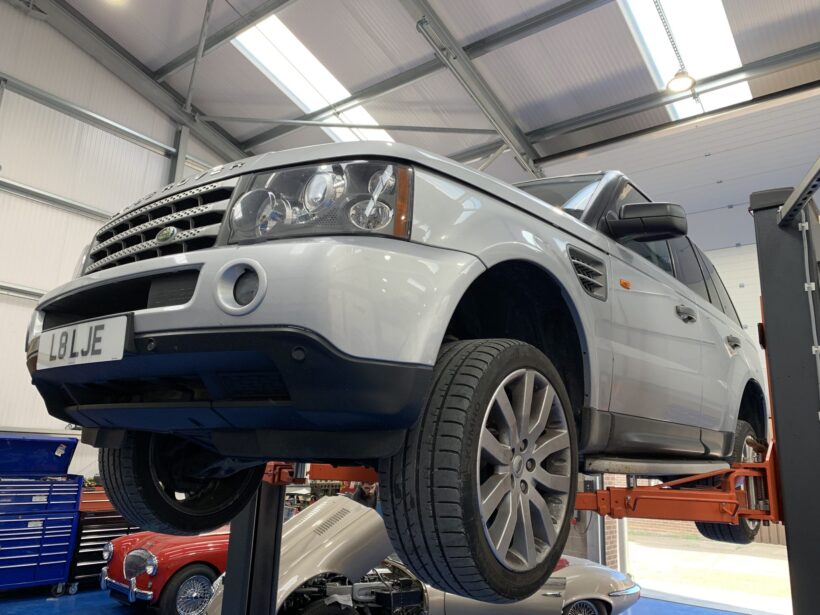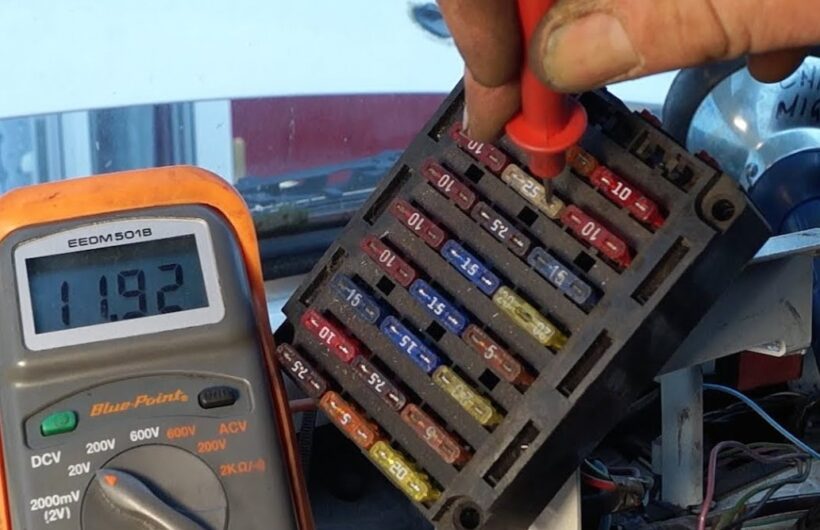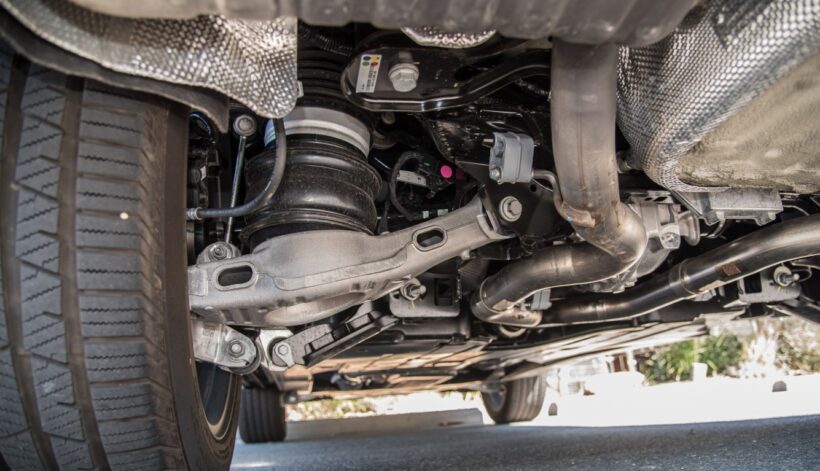The Range Rover, produced by Land Rover, stands as an epitome of luxury in the 4×4 vehicle segment. Since its inception in 1970, it has evolved through multiple generations, each bringing advancements in design, technology, and performance.
A notable feature of the Range Rover is its sophisticated air suspension system, designed to offer unparalleled ride comfort across diverse terrains. However, as with any complex system, it can occasionally face challenges that require adept troubleshooting.
Diagnostic Tools and Preparation

Preparing your vehicle for inspection is crucial. Ensure the vehicle is parked on a level surface and is safe to work on.
Before exploring the troubleshooting process, it’s essential to have the right tools on hand. These will aid in diagnosing and rectifying a range rover suspension fault
Pro Tip: Always disconnect the vehicle’s battery before working on any electrical components to prevent accidental short circuits.
Top Tips and Tricks
Visual Inspection
Start with a visual inspection of the suspension system. Look for signs of uneven ride height, which could indicate a problem with the air springs or sensors. Additionally, check for any visible damage or leaks in the system, as these can be primary culprits of suspension issues.
Fun Fact: The Range Rover’s air suspension system is designed to offer an excellent ride on various terrains, from city streets to off-road trails.
Dealing with Air Compressor Problems
The air compressor is a vital component of the air suspension system. If you notice signs of compressor issues, such as strange noises or the system not inflating properly, it’s time to test the compressor’s functionality. An underperforming compressor can lead to a lack of air in the system, causing an uncomfortable ride.
Addressing Air Spring Leaks
Air spring leaks are a common issue in Range Rovers. Signs of these leaks include the vehicle sagging to one side or the air springs not inflating fully.
To identify and confirm leaks, you can use the soap and water method. Spray a mixture of soapy water on the air springs and look for bubbles, which indicate a leak.
Sensor and Electrical Checks

Suspension sensors play a crucial role in maintaining the vehicle’s ride height. It’s essential to verify the readings and connections of these sensors.
Damaged or loose sensors can lead to inaccurate readings, causing the suspension system to behave erratically.
Pro Tip: Exposure to rough terrains or harsh weather can damage the height sensors, so it’s always a good idea to check them after an off-road adventure or extreme weather conditions.
Control Module Examination
The heart of the Range Rover’s air suspension system is its Control Module. This module oversees the entire operation, ensuring everything runs smoothly.
If you’re experiencing issues, it’s a good idea to inspect the Air Suspension Control Module. Look for fault codes or malfunctions using a diagnostic tool. These codes can provide insights into the root cause of the problem.
Pro Tip: Always keep a record of any fault codes you encounter. This can be invaluable information for mechanics or when seeking professional advice.
Troubleshooting Common Error Messages
Your Range Rover’s dashboard might display warning lights or messages related to the air suspension system. Understanding these messages is crucial for effective troubleshooting.
For instance, an “Air Suspension Inactive” message might indicate a problem with the system’s electronics. Always refer to the vehicle’s manual or seek expert advice when you’re unsure about an error message.
Fun Fact: Modern Range Rovers come equipped with advanced diagnostic systems that can pinpoint issues with incredible accuracy, making the troubleshooting process more straightforward.
Performing a System Reset
Sometimes, the best solution is the simplest one. If you’re facing persistent issues with the air suspension, consider performing a system reset.
This process can resolve minor glitches or communication errors within the system. To reset the air suspension system:
- Start the engine and let it run for a few minutes.
- Engage the hand brake and ensure the car is in park.
- Use the vehicle’s onboard controls to lower and then raise the suspension.
- Turn off the engine and wait for a few minutes before starting the car again.
Pro Tip: A system reset is a quick fix and can often resolve minor issues. However, if the problem persists, it’s a sign of a deeper underlying issue that needs attention.
Regular Maintenance Practices
Prevention is better than cure. Regular maintenance can extend the lifespan of your air suspension system and prevent many common issues. Ensure you:
- Check the system for leaks or damages regularly.
- Clean the components to prevent dirt or debris buildup.
Protect the system from extreme weather conditions, especially if you live in areas with harsh winters or summers.
Seeking Professional Help
While DIY troubleshooting can resolve many issues, there are times when professional intervention is necessary. If you’ve tried multiple solutions and the problem persists, or if you’re unsure about a particular issue, it’s best to consult with a qualified mechanic. They’ll have the expertise and tools to diagnose and fix complex issues.
FAQ
Can external factors like weather or terrain affect the performance of my Range Rover’s air suspension system?
Yes, external factors such as extreme weather conditions or rough terrains can impact the performance and longevity of the air suspension system. It’s advisable to conduct regular checks after exposing your vehicle to such conditions.
How often should I perform a system reset on my Range Rover’s air suspension?
While a system reset can be a quick solution to minor glitches, it’s not something you should do frequently. Only consider a reset if you notice persistent issues or after making significant changes or repairs to the system.
Are there any specific signs that indicate it’s time to replace parts of the air suspension system?
Yes, if you notice consistent sagging on one side, hear unusual noises from the compressor, or if the dashboard displays persistent warning messages even after troubleshooting, it might be an indication that certain components need replacement. Always consult with a professional to determine the exact parts that require attention.
Conclusion

Troubleshooting the Range Rover’s air suspension system might seem daunting, but with the right knowledge and tools, it’s a manageable task. Remember, the key is regular maintenance and timely intervention.
By following the tips and tricks mentioned above, you can ensure a smooth and comfortable ride for years to come. Safe travels!

